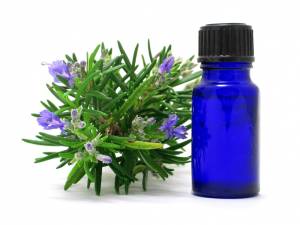Essential Oils are the volatile oils extracted from botanical plant part. They are extracted by distillation of botanical plant part.such as flower, Seed, Leaves, Bark, Wood, stem, rrhizome or roots or simply aromatic grasses like lemongrass etc.

Main Steps of Making Essential Oil
1. Build a Still: You can purchase one specially designed for distilling essential oils; these generally cost a couple hundred dollars or more, but if you plan on doing a lot of distilling and you're not particularly mechanically inclined, this is probably the way to go. If you want to try building a still, you've got plenty of room for creativity - there are thousands of still designs, and even today, many stills are homemade.2. Material Pretreatment: Drying reduces the amount of oil in each plant, but can greatly increase your yield per batch because you will be able to fit more material into each batch. Drying should be done slowly and NOT in direct sunlight. Commercially grown plants such as lavender and peppermint may be allowed to dry in the field after cutting for a day or so. The ideal drying method varies from plant to plant, but in general you should not overheat the plants - drying in the shade or even in a dark room minimizes the oil lost - you should not overdry them, and you must not allow the plants to become wet again before distillation. Distill as soon as possible after drying.
3. Add water to the tank of your still and then add your plant material and pack it tightly in the still. Most plants will release their essential oils at 100 degrees Celsius or 212 degrees Fahrenheit, the normal boiling point of water. So you should close the still and boil the water.
4. Once your distillation is complete you may filter the oil through cheesecloth or similar dry cotton fabric. Ensure that the cloth is dry and clean - detergent residues as well as dirt can contaminate the oil.

